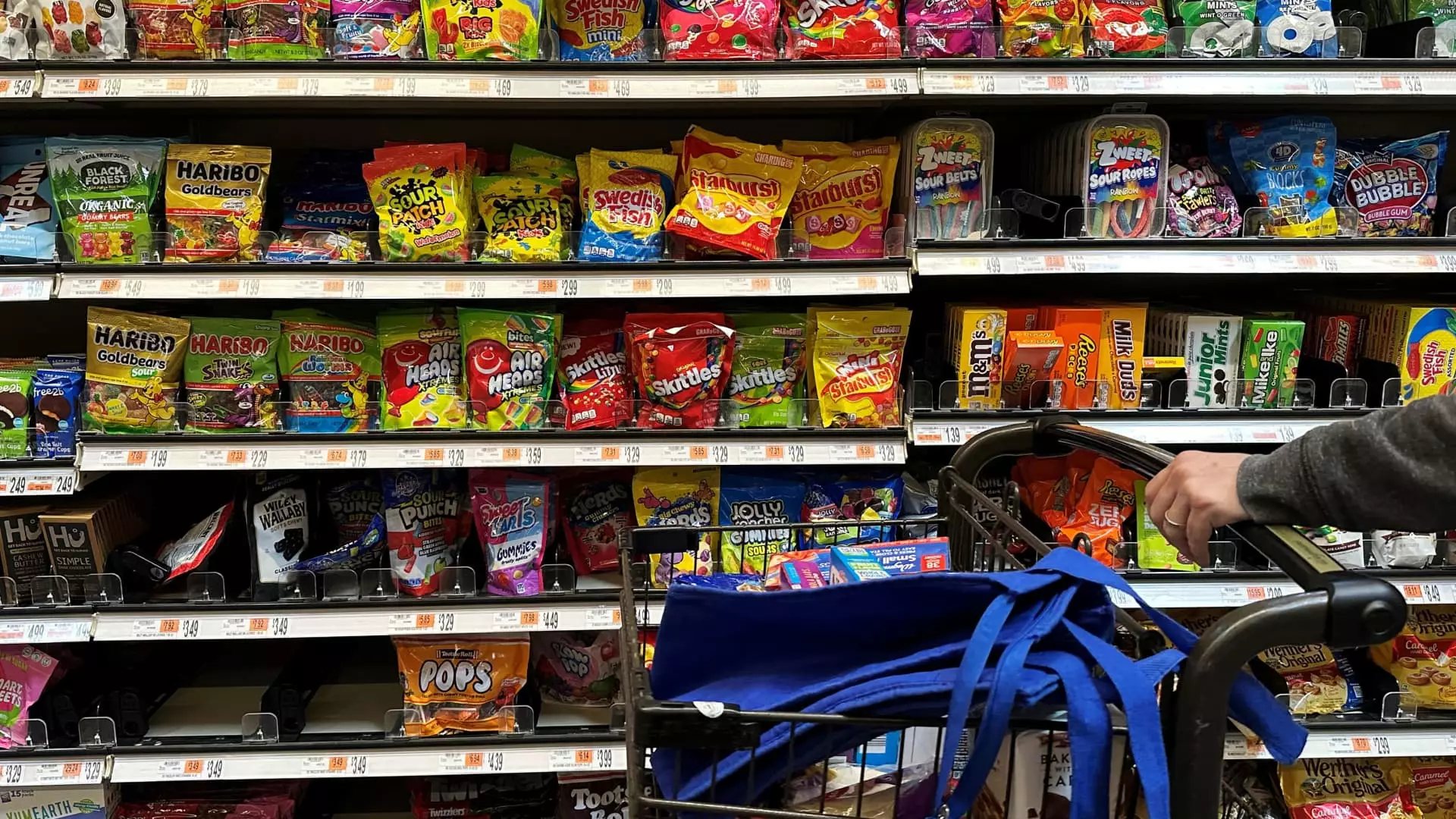The $1.7 trillion Food and Drug Administration (FDA) has recently embarked on a game-changing initiative to phase out petroleum-based synthetic dyes from American food. This not only marks a pivotal shift in food safety and consumer health policy but is also indicative of a broader recognition of the intricate web connecting food production, marketing, and public health. Under the leadership of Health Secretary Robert F. Kennedy Jr., the FDA is pressing for a transition to natural alternatives, a shift that could redefine the food landscape in the United States.
In a press conference, FDA Commissioner Marty Makary emphasized the critical nature of this decision, stating that American children have been living amidst “a toxic soup of synthetic chemicals.” The very notion that products like Flamin’ Hot Cheetos and colorful Skittles owe their appeal to artificial coloration, especially when substantiated by studies linking these additives to increased hyperactivity, raises serious ethical questions about child consumer protection. This initiative isn’t simply about aesthetics; it touches upon the moral obligation of the food industry to provide healthier options to its youngest consumers.
The Corporate Pushback
It’s inevitable that such a sweeping directive faces considerable resistance from the food giants that populate the American landscape. Major companies like PepsiCo, General Mills, and Mars have long argued that the claims against synthetic dyes remain largely unsupported by concrete evidence. The concoction of flavor and color is a cornerstone of consumer appeal and marketing strategies. However, that argument increasingly rings hollow, particularly as consumers become more health-conscious and environmentally aware.
While it’s understandable that companies are concerned over the potential upheaval in their operations and profit margins, one must scrutinize whether these corporate defenses stem from genuine public health concerns or a desire to protect their bottom line. As the FDA sets a timeline for this transition, companies that have historically resisted reformulation will need to adapt or risk alienating a growing base of educated consumers who prioritize health and sustainability over flashy marketing.
Natural Colors, Higher Costs, But Worth It
One of the biggest hurdles associated with this transition is the financial implications for food manufacturers. Natural dye alternatives, like those derived from beet juice or turmeric, may come at a higher production cost compared to their synthetic counterparts. Critics would argue that this may eventually trickle down to consumers, leading to increased prices for familiar products. However, Makary has assured the public that prices will not increase significantly.
The reality, however, is that synthetic dyes have long served as economically feasible options, often because they require less quantity to achieve the desired intensity. Companies that have previously eschewed natural alternatives could find themselves at a competitive disadvantage, albeit one that aligns with a growing mandate for corporate social responsibility. Therefore, while higher costs may be an initial barrier, the consumer market is clearly moving toward a preference for transparency and health over low costs.
Past Failures and Future Opportunities
History teaches us that attempts at transitioning away from artificial colorants haven’t always met with success. Known instances, such as General Mills’ brief foray into natural dyes for their Trix cereal, experienced backlash when the vibrant colors of the original product could not be replicated using natural alternatives. This exemplifies a common pitfall: consumers are often resistant to change, especially when it impacts their beloved nostalgic products.
Yet, the current climate of health consciousness represents an eventual opportunity for innovation. Food manufacturers might not only innovate to retain their current consumer base but could also tap into a burgeoning market that actively seeks healthier and ethical options, ultimately leading to new product lines that embrace natural ingredients.
While there’s no silver bullet that will cure America’s growing chronic disease epidemic overnight, eliminating synthetic food dyes marks a significant stride toward healthier eating habits. It indicates a maturation of both the food industry and consumer expectations, signaling that vibrant colors can emerge from nature rather than factories, all while upholding the integrity of public health.
The Role of the FDA in Renewing Trust
As the FDA navigates these uncharted waters, its role is multifaceted. The agency must foster trust among consumers that it is acting in their best interest rather than being swayed by corporate lobbying. The historical perception that the FDA acted in concert with large food and pharmaceutical entities now seems to be undergoing an evolution.
The FDA’s aggressive stance on synthetic dyes signifies a willingness to challenge status quo practices that put consumers at risk. As Kennedy advocates for a health revolution, this policy shift offers a crucial chance for the FDA to restore its credibility — not just as a regulatory body, but as a champion for public health. If successful, this initiative could pave the way for further regulatory actions that prioritize safety and transparency in food production.
In the end, this movement against synthetic dyes is more than a procedural change; it’s a societal shift towards prioritizing health, trust, and integrity in our food supply. Just as the food industry must adapt and evolve, so too must our expectations as consumers. The question remains: are we ready to embrace a future where food is as healthful as it is colorful?

